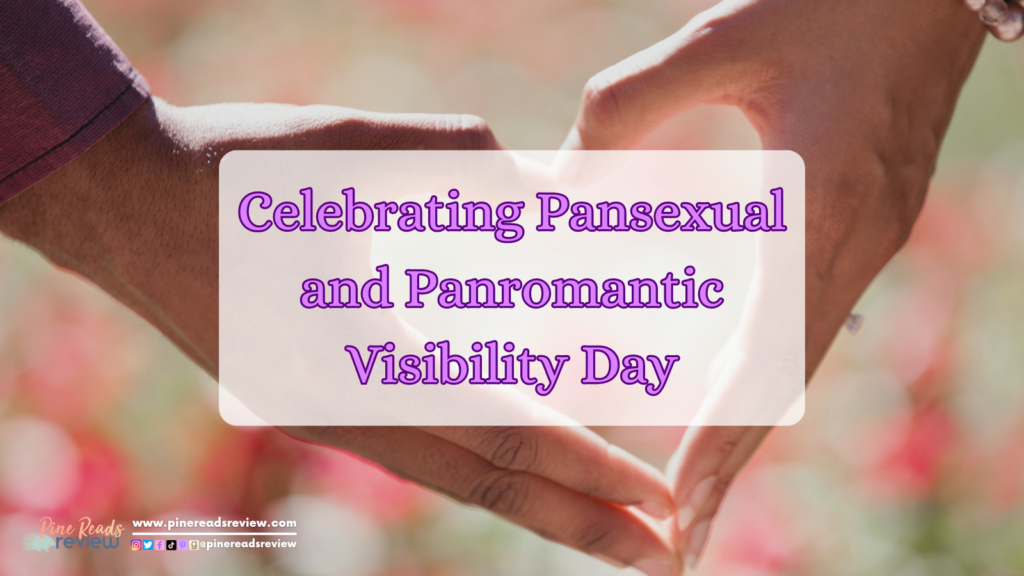
To start, Pansexual and Panromantic Awareness and Visibility Day is an annual event that celebrates the pansexual and panromantic community. This celebration aims to spread awareness and to educate people about the different sexual orientations and how to be more accepting. Many people celebrate by wearing the pan colors (pink, yellow, cyan/blue) and/or by attending Pride events.
Pansexuality is one of the identities on the LGBTQ+ spectrum, but it is often confused with the identity of bisexuality. The pan identity tends to be forgotten due to its similarities to the more accessible and talked about bisexual identity. While many bisexual and pansexual people use the terms interchangeably, there are subtle differences. Pansexuality involves sexual and romantic attraction that is not limited by any gender or gender identity. Panromantics are the same, but without the sexual attraction. Both pansexual and panromantic people are often interested in a person solely for who they are, rather than constructs like gender.
Younger generations, who are typically more non-traditional with their views on sexuality and gender, have identified different labels for people with non-traditional sexual and gender preferences. Some people prefer the term non-cisgender, meaning that they express and align themselves with a gender outside of their sex at birth. This can also be referred to as trans. Additionally, some may identify themselves as non-binary, meaning that they do not identify with male or female genders, but somewhere in between. Pansexuals and panromantics have no interest in the gender of the person they love, just the person. This means that pansexuals and panromantics can be interested in people who identify as nonbinary or non-cisgender. By definition, bisexuals maintain interest in both the male and female genders. While some people who use the bisexual identity may be interested in non-binary people, they can still use the bisexual identity to label themselves out of comfort. Understanding the subtle differences in sexual identity labels can help you to better understand your friends, family, or even yourself. By spreading awareness on pansexual and panromantic identities, people can feel freer to label their sexual identities accurately, rather than relying on what the majority of people might know and understand.
Pansexual and panromantic people often reject the notion of gender entirely as a construct not needed for sexual interest. Pan people simply like a person as they are, no matter how they identify, even if this means their partner’s identity changes from day to day. An important aspect of understanding pansexuality is knowing that this label avoids placing a person in a box. These terms allow people freedom and autonomy in their sexuality, while still providing a label to keep them from losing their sense of identity and individuality.
To best support our pansexual and panromantic friends, it is important to educate yourself and educate others when you can. Ensure that you are using the correct language for the community, and, if you are unsure, the best thing you can do is ask. It is also important to listen to their experiences. Listening to how others perceive their sexuality and romantic interest can help to destigmatize lesser-known identities. Finally, it is important to be an ally. Allyship is relatively simple, as it really only requires unwavering support for these communities and individuals. Defend people who may face discrimination, actively speak up when misinformation or harmful information is being spread, and, of course, uplift pan voices to help educate others.
How will you celebrate Pansexual and Panromantic Visibility Day?
Jenica Delaney, Pine Reads Review Writer